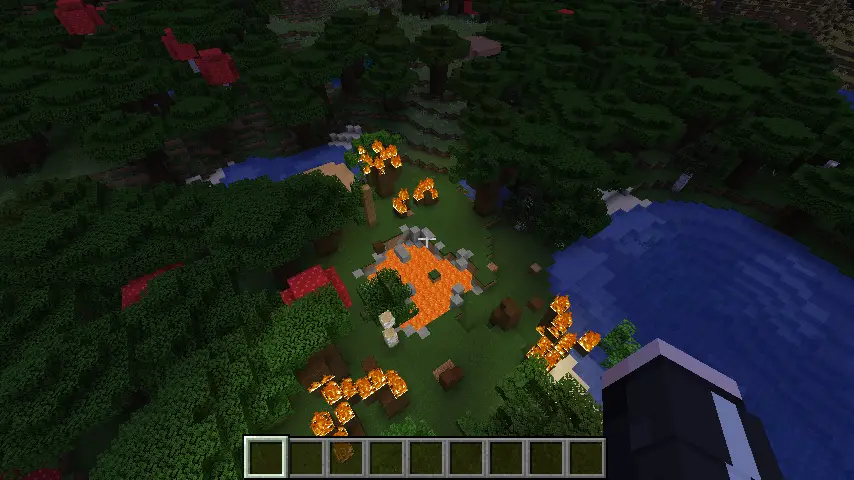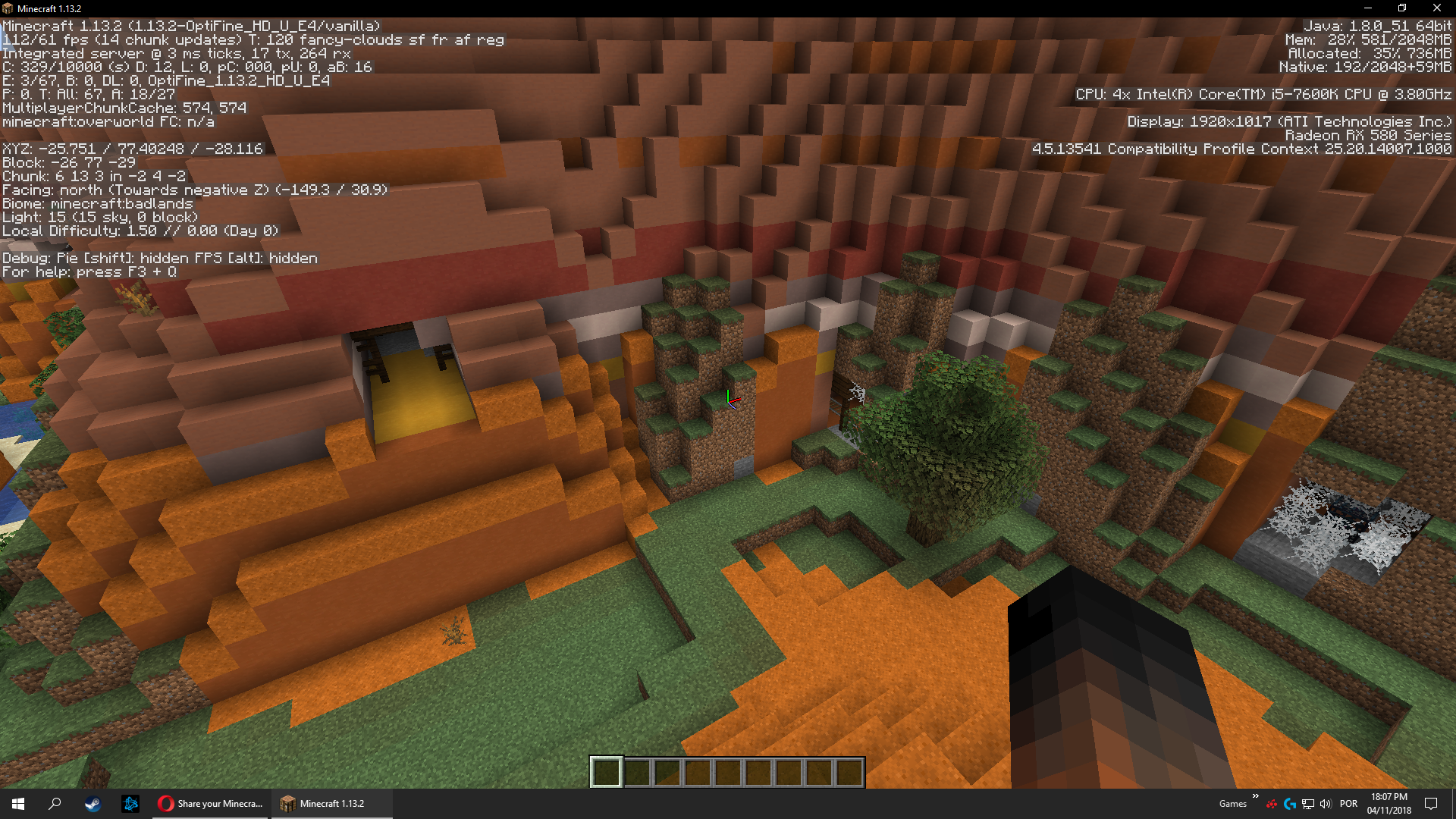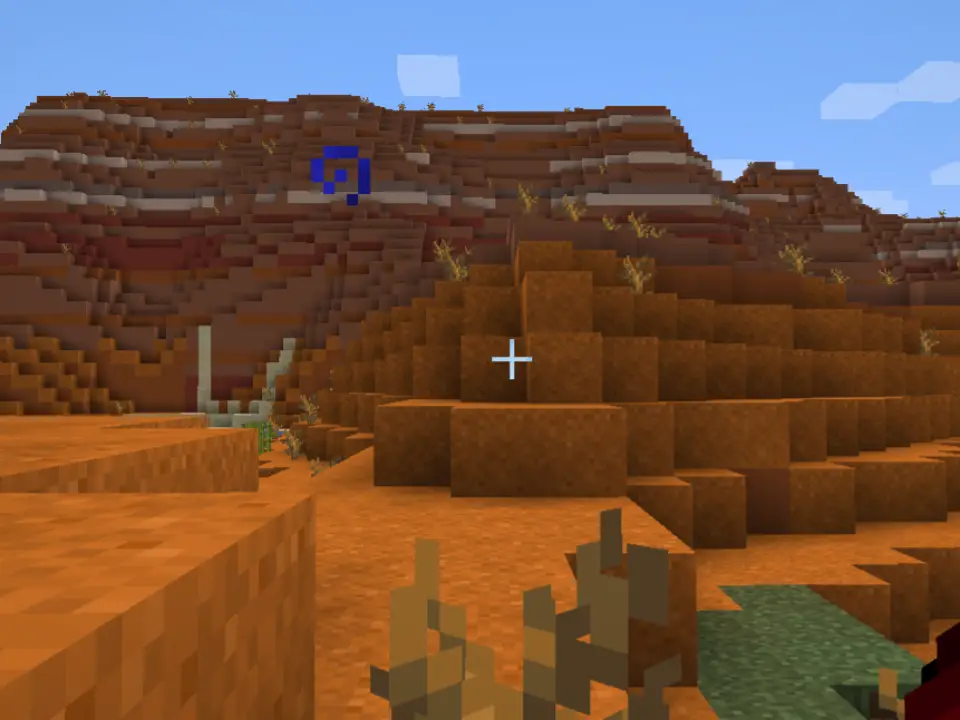
What parent warning does Minecraft have?
Are you a parent with a child who loves to play Minecraft? If so, you might be wondering what parent warnings this popular game has. Don’t worry; you’re not alone! Many parents are concerned about what their children are exposed to when playing video games.
Minecraft is a game that has captured the hearts of millions of players around the world. This game allows players to build and explore virtual worlds, and it’s rated E10+ (Everyone 10+) with a Content Descriptor for Fantasy Violence. What does that mean for parents? It means that while the game is generally safe for children over the age of 10, there is some fantasy violence involved. This could include things like fighting monsters or swordplay.
Another thing to be aware of is the Interactive Elements for Users Interact in Minecraft. This means that players can communicate online with other players if they choose to. While this can be a great way for kids to socialize and make friends, it also opens up some risks. Parents should be aware of who their child is talking to online and what they are saying.
In addition to the risks of online communication, Minecraft also has In-Game Purchases. This means that players can exchange real-world currency for in-game currency or items. Parents should be aware of this and monitor their child’s spending habits to avoid any unexpected charges.
So, what can parents do to keep their kids safe while playing Minecraft? First and foremost, it’s important to talk to your child about the risks involved in playing online games. Explain to them that they should never share personal information online and that they should always be respectful to others.
Parents should also set boundaries around screen time and monitor their child’s online activity. This can be done by setting up parental controls or simply checking in on what your child is doing while they play.
Finally, parents can educate themselves on the game by playing it themselves or reading up on the game. This can help parents better understand what their child is experiencing and be able to talk to their child about any concerns.
Overall, Minecraft is a fun and popular game that can be enjoyed by children and adults alike. However, as with any online activity, there are risks involved. By being aware of the risks and setting boundaries, parents can help keep their children safe while playing Minecraft.
Minecraft’s E10+ Rating and Content Descriptor for Fantasy Violence
Minecraft’s E10+ Rating and Content Descriptor for Fantasy Violence
If you’re new to Minecraft, you might be wondering what exactly the E10+ rating with a Content Descriptor for Fantasy Violence means. Well, fear not, we’re here to break it down for you in a simple and easy-to-understand way.
Firstly, let’s talk about the E10+ rating. This means that the game is suitable for everyone aged 10 and up. This rating takes into account factors such as violence, language, and suggestive themes. In Minecraft’s case, the Content Descriptor for Fantasy Violence means that there is no blood or gore, but players can engage in combat with fantasy creatures such as zombies and skeletons.
It’s important to note that Minecraft is a sandbox game, meaning that you can create your own world and play it however you like. If you’re not a fan of combat, you don’t have to engage in it. You can focus on building, exploring, and crafting instead.
Another aspect of Minecraft that parents should be aware of is the Interactive Elements for Users Interact. This means that players can communicate with each other online if they choose to. While this can be a great way to make friends and collaborate on projects, there are also risks involved. It’s important to educate your children on internet safety and monitor their online activity.
Lastly, Minecraft has In-Game Purchases, which means that players can exchange real-world currency for in-game currency or items. While this can enhance the gaming experience, it’s important to set boundaries with your children and monitor their spending.
Minecraft’s E10+ rating with a Content Descriptor for Fantasy Violence means that the game is suitable for everyone aged 10 and up. Parents should be aware of the Interactive Elements for Users Interact and In-Game Purchases, and take steps to ensure their children’s safety. Remember, Minecraft is a game that can be enjoyed in many different ways, so don’t be afraid to explore and create your own adventure.

The Risks of Interactive Elements for Users Interact in Minecraft
Minecraft is a popular game that has been enjoyed by millions of players worldwide. The game is rated E10+ with a Content Descriptor for Fantasy Violence, which means that it is suitable for players aged ten and above. However, the game also has Interactive Elements for Users Interact, which can pose risks for players.
The Interactive Elements for Users Interact in Minecraft allow players to communicate with each other online if they choose. While this feature can enhance the gameplay experience, it can also expose players to inappropriate content and cyberbullying. Players can encounter other players who use offensive language, harass other players, or share inappropriate content. In extreme cases, players can even be a victim of online predators who seek to exploit vulnerable players.
To avoid these risks, players can use the game’s chat filters to block offensive language and report offensive behavior to the game’s moderators. Players can also choose to play in private servers with trusted friends and disable the chat feature altogether. Parents can also monitor their children’s online activity and teach them about online safety.
In addition to the Interactive Elements for Users Interact, Minecraft also has In-Game Purchases, which allows players to exchange real-world currency for in-game currency or items. These purchases can be addictive and costly, which can lead to financial problems for some players. Parents can set up parental controls to limit their children’s in-game purchases or disable the feature altogether.
Minecraft is a great game that can provide hours of entertainment for players. However, it is important to be aware of the risks associated with the game’s Interactive Elements for Users Interact and In-Game Purchases. By taking the necessary precautions, players can enjoy the game safely and responsibly. Remember to always stay vigilant and report any inappropriate behavior to the game’s moderators.
Understanding In-Game Purchases in Minecraft
Minecraft is a popular video game that has captured the hearts of millions of players around the world. It is rated E10+ with a Content Descriptor for Fantasy Violence. It also has Interactive Elements for Users Interact and In-Game Purchases. In this article, we will focus on understanding In-Game Purchases in Minecraft.
In-Game Purchases is a feature that allows players to buy in-game items or currency with real-world money. These items can range from cosmetic changes to the game’s appearance to powerful weapons and tools that give players an advantage over others. In-game currency can be used to buy items from other players or the game’s virtual store.
It is important to note that In-Game Purchases are completely optional. Players can still enjoy Minecraft without spending any real-world money. However, some players may feel that purchasing in-game items enhances their gameplay experience.
One thing to keep in mind is that In-Game Purchases can add up quickly. It is easy to spend more money than intended, especially for younger players who may not fully understand the concept of real-world currency. Parents should set limits on their child’s spending or disable the feature altogether to avoid unexpected charges.
Another thing to be aware of is that some in-game items can be obtained through gameplay. Players can collect resources and craft their own items without spending money. This can be a rewarding experience and may even be more enjoyable than simply buying items outright.
In-Game Purchases is a feature that is available in Minecraft but is not necessary for gameplay. It can enhance the experience for some players but can also lead to unexpected charges. It is important for parents to monitor their child’s spending and for players to consider alternative ways to obtain in-game items. By understanding In-Game Purchases, players can make informed decisions about their gameplay experience.
Tips for Parents to Keep Their Kids Safe While Playing Minecraft
Tips for Parents to Keep Their Kids Safe While Playing Minecraft
Minecraft has taken the world by storm with its endless possibilities for creativity and adventure. While it’s a fun game for kids, it’s also important for parents to understand the potential risks involved in playing this game. Here are some tips to help keep your child safe while playing Minecraft.
1. Set Limits
One of the most important things you can do as a parent is to set limits on how much time your child spends playing Minecraft. It’s easy to get lost in the game for hours on end, so it’s essential to have clear rules about how much time is allowed each day. This will not only help prevent addiction but also ensure that your child has a healthy balance of other activities.
2. Monitor Gameplay
Parents should monitor their child’s gameplay by sitting with them while they play or checking in on them regularly. This way, you can ensure that they’re not engaging in any inappropriate behavior or communicating with strangers online. It’s also an excellent opportunity to bond with your child and learn more about their interests.
3. Teach Online Safety
Minecraft has an online component that allows players to interact with others, which can be a potential risk. It’s essential to teach your child about online safety, such as not sharing personal information, being cautious of strangers, and reporting any suspicious activity.
4. Use Parental Controls
Most devices offer parental controls that allow you to limit what your child can access on their device. You can use these controls to turn off in-game purchases, restrict online communication, and set time limits on gameplay. Make sure to take advantage of these tools to keep your child safe while playing Minecraft.
5. Be Involved
The best way to keep your child safe while playing Minecraft is to be involved in their gameplay. Ask them about their experiences in the game, show interest in what they’re building, and play with them. This way, you can ensure that they’re having fun and staying safe at the same time.
Minecraft can be a fun and educational game for children, but it’s essential to take precautions to keep them safe. By setting limits, monitoring gameplay, teaching online safety, using parental controls, and being involved, parents can ensure that their child has a safe and enjoyable Minecraft experience.

Minecraft is a popular video game that allows players to create their own digital worlds using blocks and explore the vast landscapes to uncover hidden treasures. However, as we have seen in this article, there are certain risks associated with playing the game that parents should be aware of.
One of the most important things to keep in mind is the game’s E10+ rating and Content Descriptor for Fantasy Violence. While the violence in the game is not graphic, parents should still monitor their child’s gameplay and explain the difference between fantasy and reality.
Another risk factor is the game’s Interactive Elements for Users Interact. Players can communicate online with others while playing the game, which can potentially expose them to inappropriate language or behavior. It’s important for parents to set boundaries and guidelines for their child’s online interactions.
Finally, the game offers In-Game Purchases, which can lead to unexpected charges on a parent’s credit card if not closely monitored. Parents should educate themselves on how these purchases work and decide if they want to disable them for their child’s account.
Overall, Minecraft can be a fun and educational game for children, but it’s important for parents to be aware of the potential risks and take steps to keep their child safe while playing. Here are some tips to help:
- Set clear rules and boundaries for gameplay and online interactions
- Monitor your child’s gameplay and check in regularly
- Educate yourself on the game’s rating, content, and features
- Disable In-Game Purchases if necessary
- Encourage your child to take breaks and engage in other activities
By following these tips and staying informed, parents can ensure that their child has a safe and enjoyable experience while playing Minecraft.